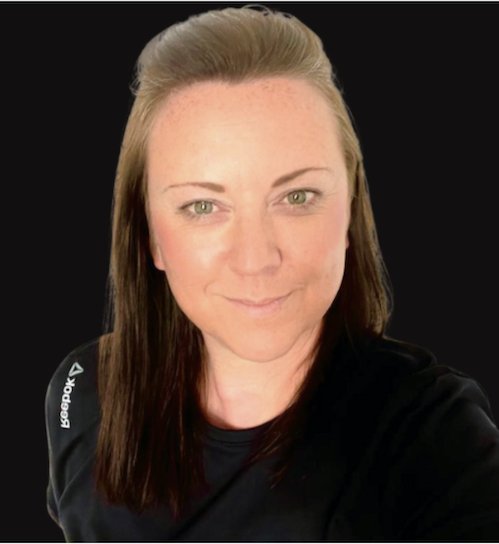features
Market analysis: The middle man
Reinvention, repositioning, a return to growth – after a tough few years, what’s next for the mid-market? Kate Cracknell asks a panel of industry experts
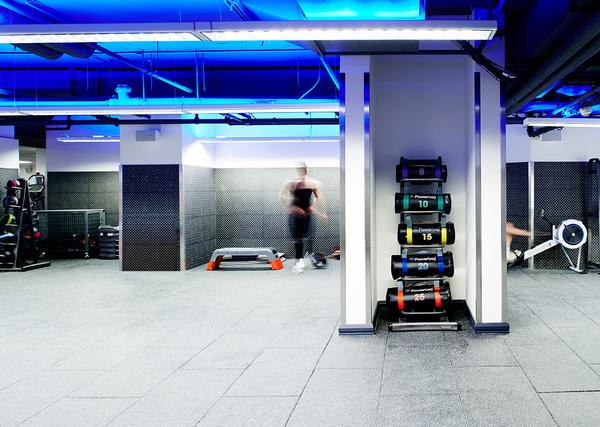
The mid-market has been a tough place in which to operate over recent years, squeezed from below by the burgeoning low-cost sector – which has all but stolen the ‘affordable’ mantle – and from above by an emerging boutique sector that’s offering perceived value by delivering what people want, and only what they want, done very well.
The response from the mid-market has been varied. Some operators have reinvented their offering, staying within the mid-market segment but striving towards a more distinct positioning – think Fitness First and its recently stated ambition outlined by CEO Andy Cosslett: “We’re moving upmarket, but it’s a gradual process based on member perceptions. We want to be the top end of the mainstream market – the Audi A4 or BMW 5 Series.”
Other operators have opted instead to diversify beyond their mid-market heartland. In the UK, LA fitness ‘premiumised’ its London estate – upgrading a number of sites in the capital and rebranding them under its new LAX brand – while maintaining a mid-market positioning elsewhere in the UK. We wait to see if that strategy will get the company back to where it wants to be. At the time of going to press, LA fitness was the subject of speculation about an imminent buyout.
Meanwhile in Canada, recognising that the budget sector is here to stay, GoodLife Fitness launched a low-cost offering in mid-2014 – Fit4Less by GoodLife – to complement its existing mid-market GoodLife Fitness model. And in Europe, HealthCity’s low-cost Basic-Fit brand is growing at the expense of its HealthCity estate which, although officially categorised as premium, is priced on a par with Fitness First in the UK.
Whatever the strategy adopted, after the initial shock of disruption, it seems mid-market health club operators have regrouped and set out their stall going forward. Indeed, in his recent report – Review of the UK Health and Fitness Industry and Outlook for 2015 – Ray Algar predicts that, although low-cost operators will likely make further inroads, 2015 will be the year when the ‘squeezed’ middle market fights back.
Do our panel of experts agree with that verdict? We ask for their thoughts.
Ray Algar,
MD,
Oxygen Consulting
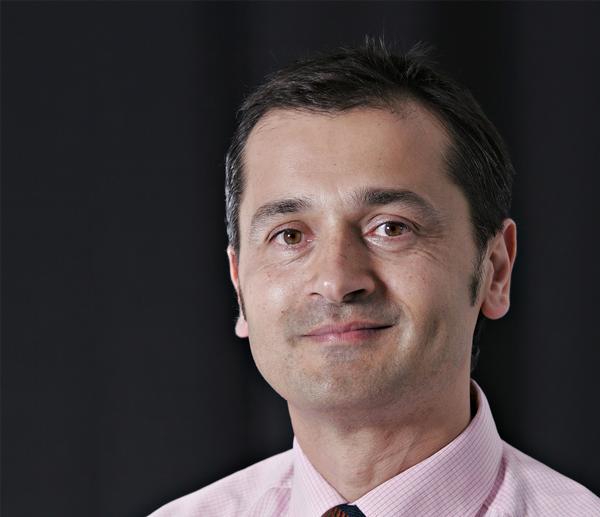
For the past five years, the narrative in the private sector has been the disruptive change driven by the rise of low-cost gym brands. Consumers have rushed to join them, encouraged by the simplicity of the proposition, the easy-to-join, easy-to-leave agreements, and prices so low it left established operators in an initial state of disbelief.
In 2008, I wrote an article titled ‘A swarm of low-costs’ which was documenting the global rise of the low-cost gym movement and its implications for the UK mid-market. At the time, there were just nine UK low-cost gyms open, but the signals from Europe were clear to see because McFit in Germany already had 97 clubs, 630,000 members and revenues of €100m. In the same article, a low-cost gym CEO confidently predicted that in five years, by 2013, the UK mid-market would have disappeared.
Thus begun a period of my work considering the ‘squeezed middle’, analysing the anticipated strategic response from long-established brands ready to fight and reclaim their role in members’ lives. But that response never came, because the established operators were content with the status quo and extremely protective of the principles on which the industry had been built.
However, more recently I’ve witnessed a change in their outlook. Now I see a pragmatism, acknowledging that the competitive landscape of the industry has been enduringly changed, with ‘legacy’ brands re-defining their role and place with more urgency and genuine intent.
My opinion of legacy operators such as Fitness First and LA fitness is shifting from disappointment at their initial inertia to admiration. I can see their efforts to migrate from mediocrity by re-investing in staff and taking more responsibility for helping members achieve their aspirations. This is giving these brands a renewed purpose and reason to exist.
The industry is bifurcating down two pathways: self-service and supported. We know what the low-cost operators believe in, and now I’m beginning to see what the mid-market will stand for.

Paul Bedford,
Director,
Retention Guru
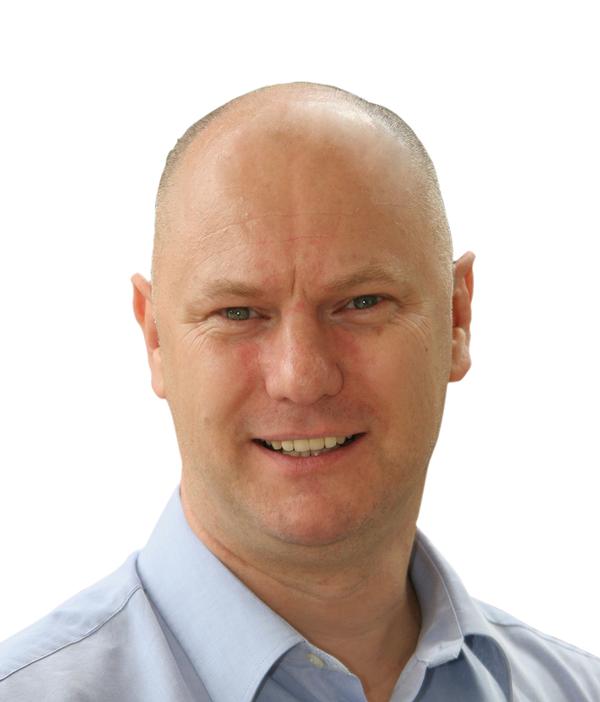
I’m not convinced this will be the year the mid-market makes a comeback. The challenge for this segment remains justifying the fees some operators still charge when their product is pretty much the same as in facilities at the lower end of the market.
For the mid-range operators to regain some of their market share, they will need to distinguish themselves in the way they deliver their product. One area that’s severely lacking across the sector is service. While the niche and boutique market are striving to provide an excellent member experience each and every visit, the mid-market has traditionally floundered with the quality of the experience.
A good example of mid-market provision can be seen among the hotel health club operators. Post-recession these facilities are receiving substantial investment, as during the recession hotel operators realised a health club can deliver a significant monthly revenue, even when business travel is being reduced.
These organisations have a service-based culture, a hotel infrastructure to support food and beverage, and laundries that can assist the member experience by supplying clean towels on every visit.
The smaller nature of the clubs also makes them attractive to older members, while managers spend more time focusing on member events and activities than the latest trends.
Martin Seibold,
MD,
Fitness First UK

In 2014, Fitness First UK returned to growth for the first time in six years. Sitting behind this revival is a new culture, rich consumer insights, science and psychology, fitness innovation and nothing short of a revolution in how we train and equip our teams to support members – all backed by investment.
Will the rest of the mid-market follow? Who knows. Budget gyms are strong competition and their headline low prices challenged the rest of us to go away, think hard and sharpen our brand proposition. We used this challenge to go in a different direction and have complete conviction it’s the right one for the long term.
Next you’ll see us accelerate our shift from traditional gym to premium fitness brand using technology to deepen our relationship with the member and find new audiences for our expertise.
Driving down prices commoditises the customer experience, with less focus on expertise and supportive staff, compromises on safety, and a dilution of the social togetherness people need to keep motivated on their fitness journey. We’re happy to leave this market, whatever you want to label it, to others.
Meanwhile the ‘premium’ label can be misleading. Is the fitness experience premium at these gyms, or just the marble taps in the changing rooms? I think we should forget about the old labels of ‘budget’, ‘premium’ or ‘luxury’ and start to think of our industry in a different way. John Lewis gets it right because the store and digital channel service is seamless, staff believe in their purpose and the experience is fulfilling. I see these drivers being much more important than network size or price.
As fitness becomes a lifestyle, and the social currency of being fit gets even stronger, the part of the market that stands for expertise, community and innovation inside and outside the club is where the growth will be.
Malcolm McPhail,
CEO,
Life Leisure

The mid-market clubs have a considerable amount to offer. In 2015 and beyond I see four key battlegrounds. First is the non-member market. Currently 87 per cent of the UK population are not members of gyms, and operators must find strategies that deliver health improvements to this mass market. Working with partners such as public health to achieve these results is a key step forward. My view is that the budget clubs lack the staff resource and the relationships with health authorities to deliver these programmes. This is an opportunity for the mid-market.
It’s also my belief that the budget chains lack the resource to spend the time and effort needed to understand each individual customer’s motivations and goals. Properly trained and motivated staff who actually deliver the promise of increased fitness and wellbeing are crucial. Again, the mid-market model already contains a staff resource budget to achieve this.
Thirdly, I believe the category that adapts, learns and evolves using market intelligence, customer feedback and competitor analysis will thrive. Those who rely on a commodity approach without listening to customers will not.
Finally, value is the driver for the customer, but it’s subjective – it may be perceived as health improvement, physical improvement, fun, social interaction or indeed a mix of all these elements. Operators who focus on price run the risk of being overlooked as people realise they need more than a room full of equipment to motivate them to reach their goals.
Mid-market providers have a great opportunity to win in these battlegrounds, but the key is change. Change means improvements in personal service, technological solutions and the inclusion in wider health programmes. But most of all, it means staff listening to customers and responding to their needs.
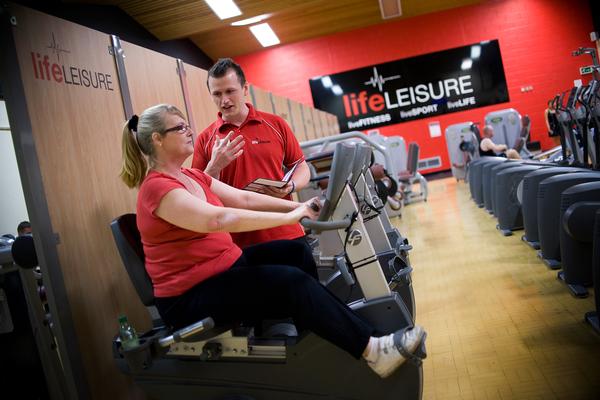
Jan Spattichia,
CEO,
énergie Group
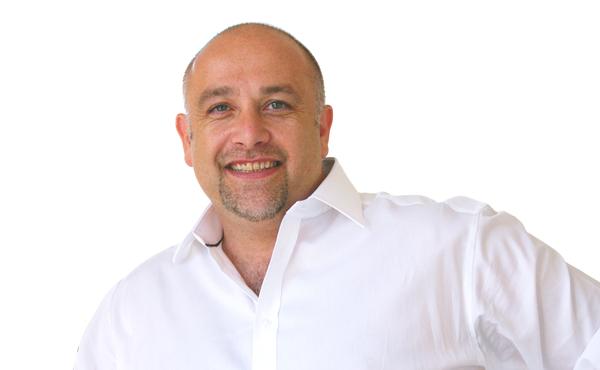
The expansion of the budget gym sector shows no signs of slowing, but we also recognise a growing consumer demand for a broader range of facilities and a more personal, results-orientated offering.
The key, whether in the mid-market or low-cost sector, is a great service at great value – but we certainly see the mid-market as an exciting space with significant untapped potential.
With this in mind, we’re in the process of refreshing our mid-market énergie Fitness Club brand and reviewing the model. Since énergie Fitness Clubs launched in 2003, we’ve made numerous acquisitions which have led to an eclectic offering across the estate. But what we’ve learned from the low-cost Fit4Less brand, which launched in 2009, is that having smaller sites and more of a ‘cookie-cutter’ approach – a highly replicable model – facilitates faster growth.
Going forward, we’ll therefore have a new model for énergie Fitness Clubs: the same size as Fit4Less, from 5,000–10,000sq ft, but with top-of-the-range equipment, larger studios, small coffee lounges, double the level of staffing, and crucially a 30-day results guaranteed programme – available only at our mid-market clubs – with five one-to-one half-hour PT sessions in the first 30 days.
The audience is different at énergie Fitness Clubs: they’re older, and 40 per cent have never used a gym before compared to just 10 per cent at Fit4Less. If we can cater for them by holding their hand a bit more, and creating a different atmosphere from our low-cost clubs, we firmly believe there’s space for both levels of offering.
"The budget sector shows no signs of slowing, but we also recognise a growing demand for a more personal, results-orientated offering"
Rob Barker,
President,
Precor
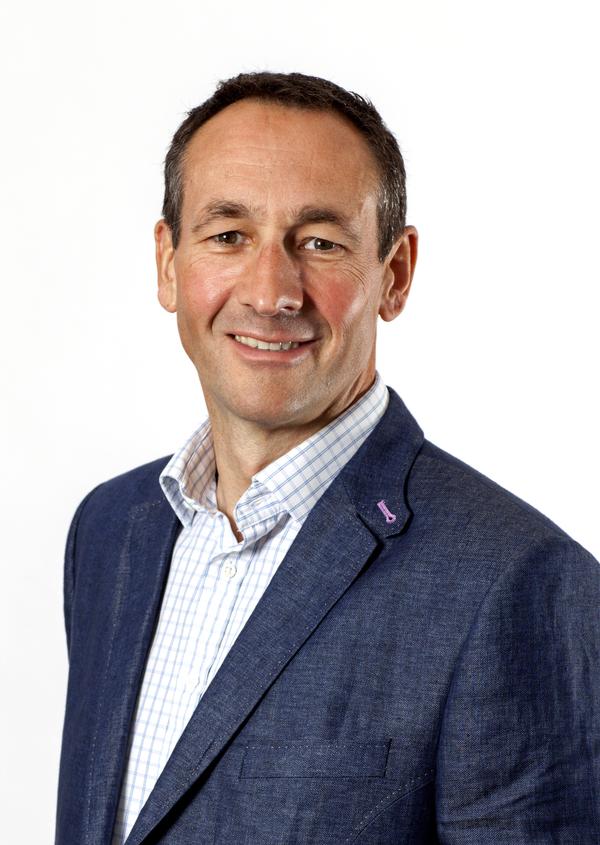
Although I predict more pain in the mid-market, I see many successful mid-market operators on my travels.
I see four main approaches. The first is to leverage the additional staffing through small group training, better programming, concept-based training and facilities. Secondly, become a personalised fitness partner, not a facility, using technology to support members 365 days a year. Thirdly, consider a menu-based fee structure to attract price-conscious exercisers, but upsell the bundled value too. And finally, if you have family offerings, promote harder to add more families; low-cost gyms struggle here.
But there are other possibilities. If there’s space in your area for an upmarket or boutique style club, then invest and be that club. Alternatively, if you honestly feel you’re going to win with adults mainly by offering straightforward, clean facilities with plenty of up-to-date equipment, then go low-cost and get on with it before it’s too late. Beware though, even if you’re low-cost, you will always need to differentiate in areas other than price.
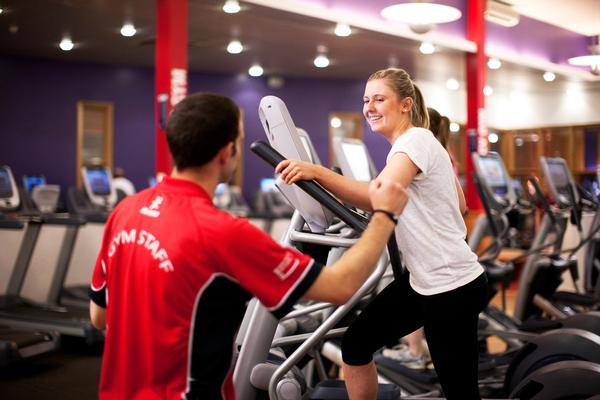
Vidmantas Siugzdinis,
CEO,
Impuls, Lithuania

Eastern European, and particularly the Baltic, fitness markets are not yet as segmented as in the UK or Scandinavia. Most clubs are still operating in the mid-market, both in terms of price and quality, and have not yet been hit by the budget clubs which are just entering the scene – we opened our first Lemon Gym budget club in the Baltics in February 2015, while a few budget operators opened in Poland in 2014, including McFit.
I believe clearer segmentation will occur within two to three years, and there are lots of lessons to learn now from the developing markets as we expect the Eastern European markets to follow the same path.
For example, in response to more budget clubs opening and competition becoming fiercer, some mid-market operators will shift to the premium end of the market. However, they will first need to improve their knowledge of sales, retention and client service, as this is something that’s generally lacking in Eastern Europe.
They will also need to heed local challenges: there’s little fitness culture among the public in these markets, and income is relatively low. If mid-market operators choose to invest more in their customer proposition over the coming years, they need to ensure the costs of investment and running the clubs don’t become too high to provide return on investment.
That said, I doubt many mid-market players will suffer too soon. Fitness penetration remains very low across Eastern Europe – between 2 and 5 per cent – so there’s still space for operators in all segments of the market to grow.
“Fitness penetration remains very low across Eastern Europe, so there’s still space for operators in all segments to grow”
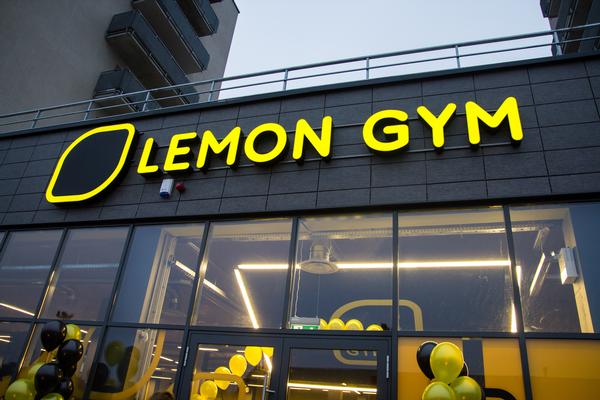
David Patchell-Evans,
Founder and CEO,
GoodLife Fitness
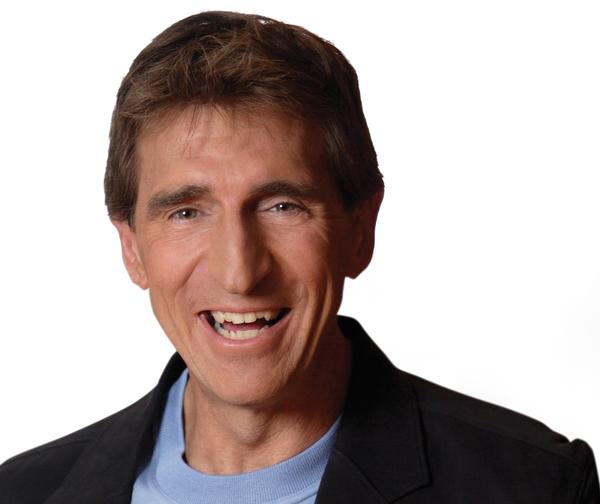
Mid-market clubs in Canada continue to perform well, because Canadians are willing to spend a reasonable amount of money when they believe in the value offered.
According to a study published in the New York Times in April 2014, Canada’s middle class is the wealthiest in the world. It’s also relatively large, which allows GoodLife Fitness to provide a high value offering with beautiful facilities, exclusive classes and programming, experienced and knowledge fitness professionals and world-class equipment, all at a mid-range price – there’s a significant portion of the population looking for this great value proposition.
Nevertheless, we do have a wide range of pricing options at our GoodLife Fitness clubs, offering flexibility for people with varying financial situations.
We’ve also created a low-cost, high-value brand called Fit4Less by GoodLife, but this has allowed us to expand our market rather than cannibalise it. We’re able to use GoodLife’s experience and reputation, which helps build Canadians’ trust in this new Fit4Less brand, while offering the lowest national membership rate in the country at C$8.99 a month.
Fit4Less has helped us reach a new market of potential members, while ensuring our mid-market GoodLife Fitness clubs continue to function at the same level of quality and service that our more than one million members have come to expect.










































